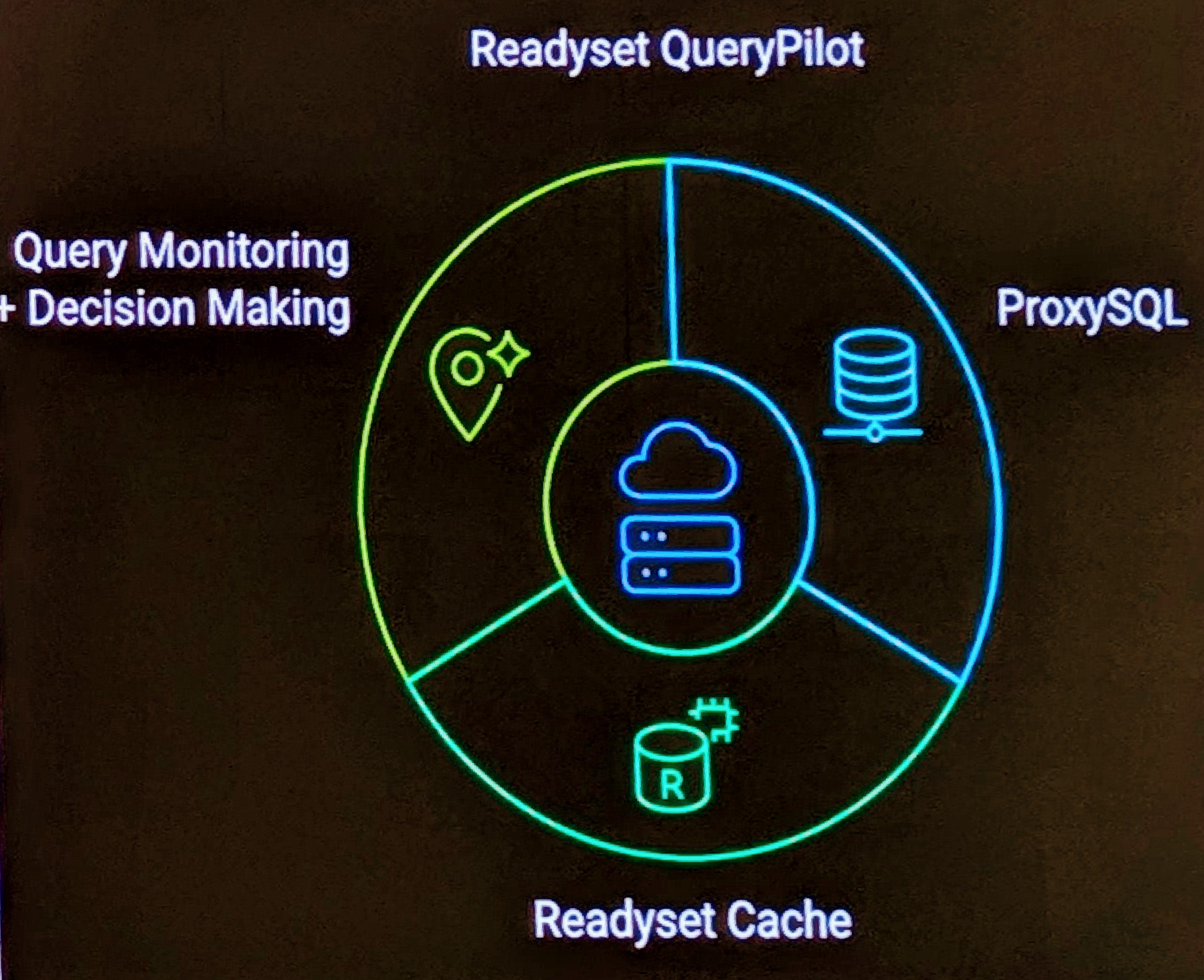I leaned a new trick today with LOAD DATA INFILE . I’m migrating some data from an external source, and the Date Format is not the MySQL required YYYY-MM-DD, it was DD-MMM-YY. So how do you load this into a Date Field.
`
$ echo “02-FEB-07” > /tmp/t1.psv
$ mysql -umysql
USE test;
DROP TABLE IF EXISTS t1;
CREATE TABLE t1(d1 DATE);
echo “02-FEB-07” > /tmp/t1.psv
LOAD DATA LOCAL INFILE ‘/tmp/t1.psv’
INTO TABLE t1 (@var1)
SET d1=STR_TO_DATE(@var1,’%d-%M-%y’);
SELECT * FROM t1;
EXIT
`
The trick is to bind the appropriate column within the file being loaded to a variable, @var1 in my example and use the SET syntax to perform a function on the variable. Rather cool.
A good tip to know.


